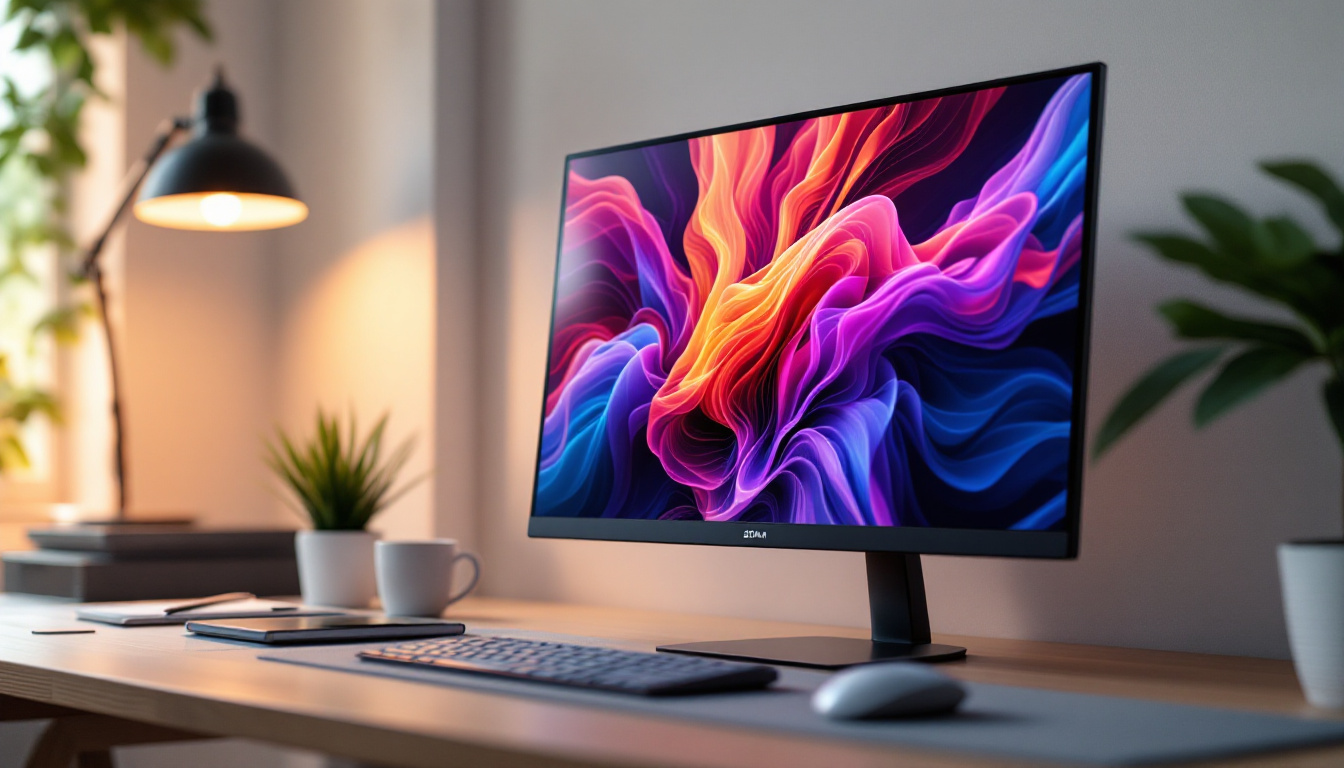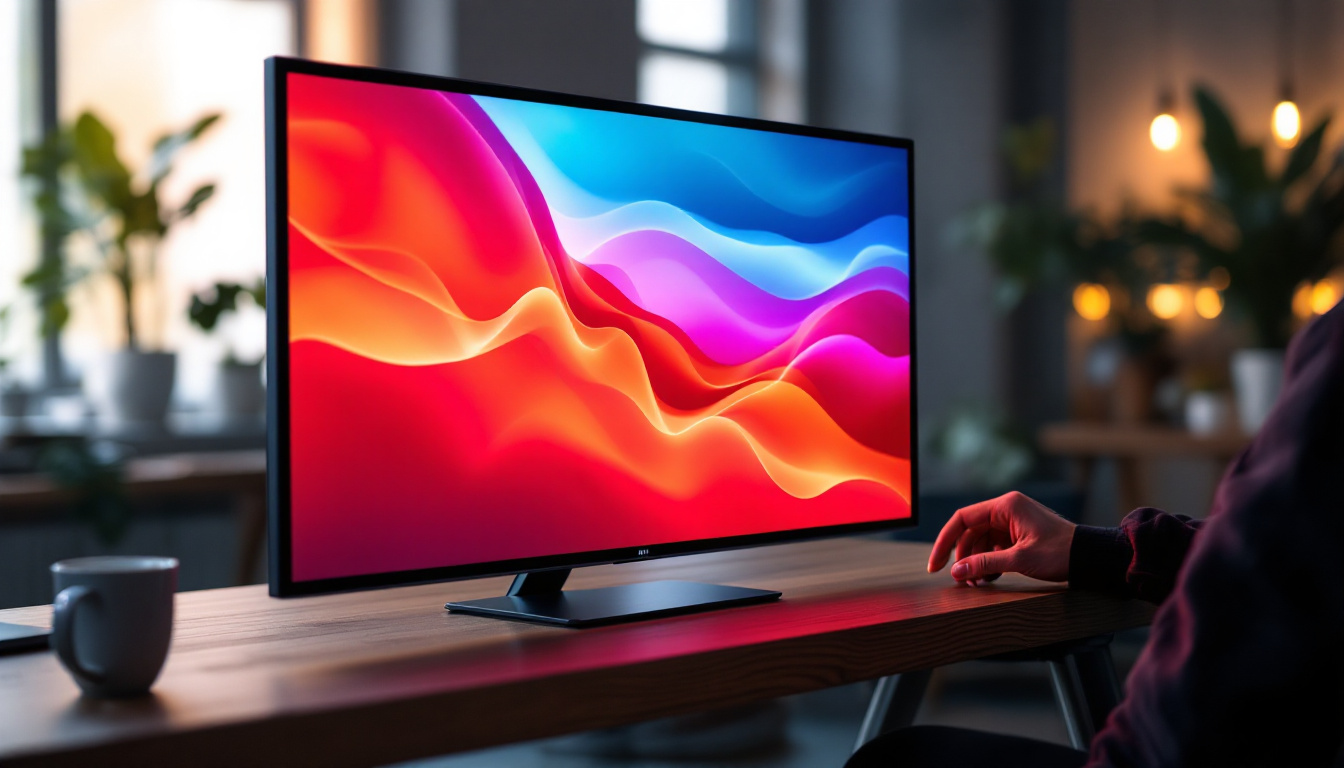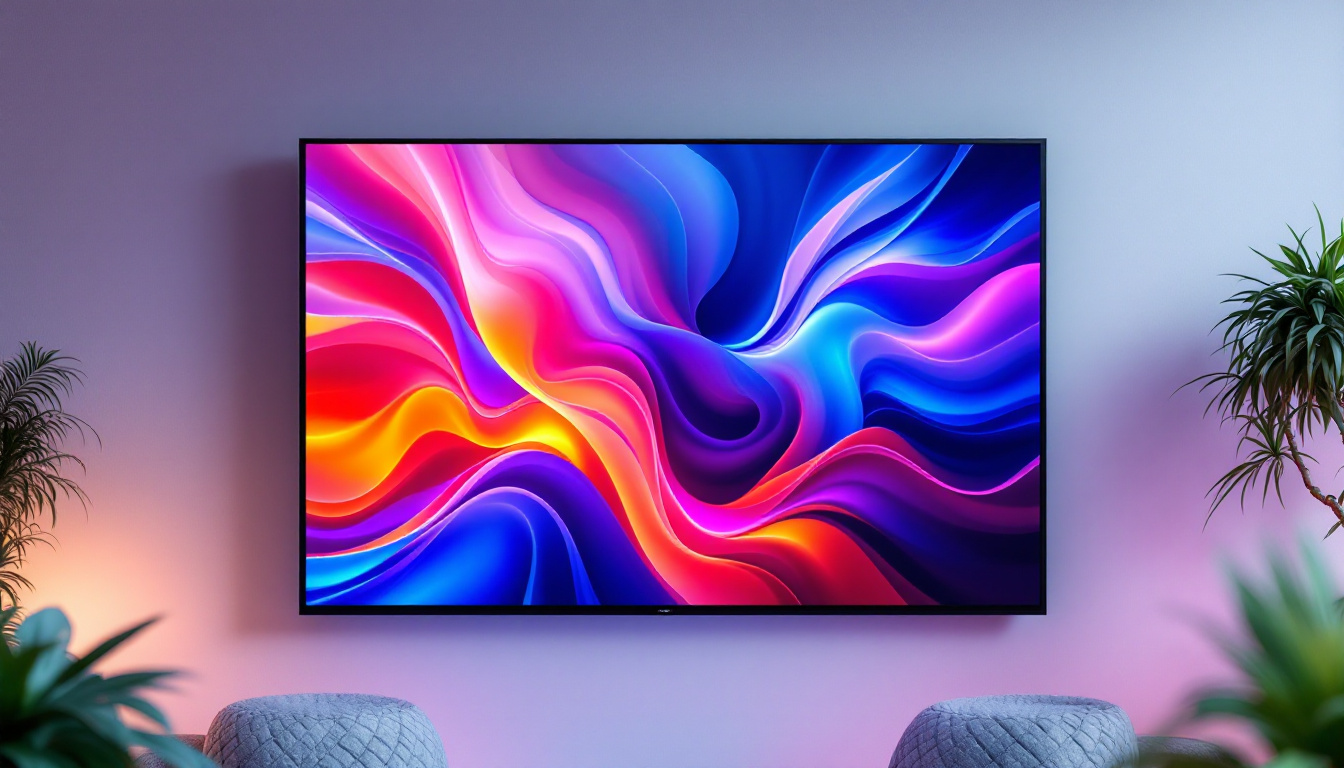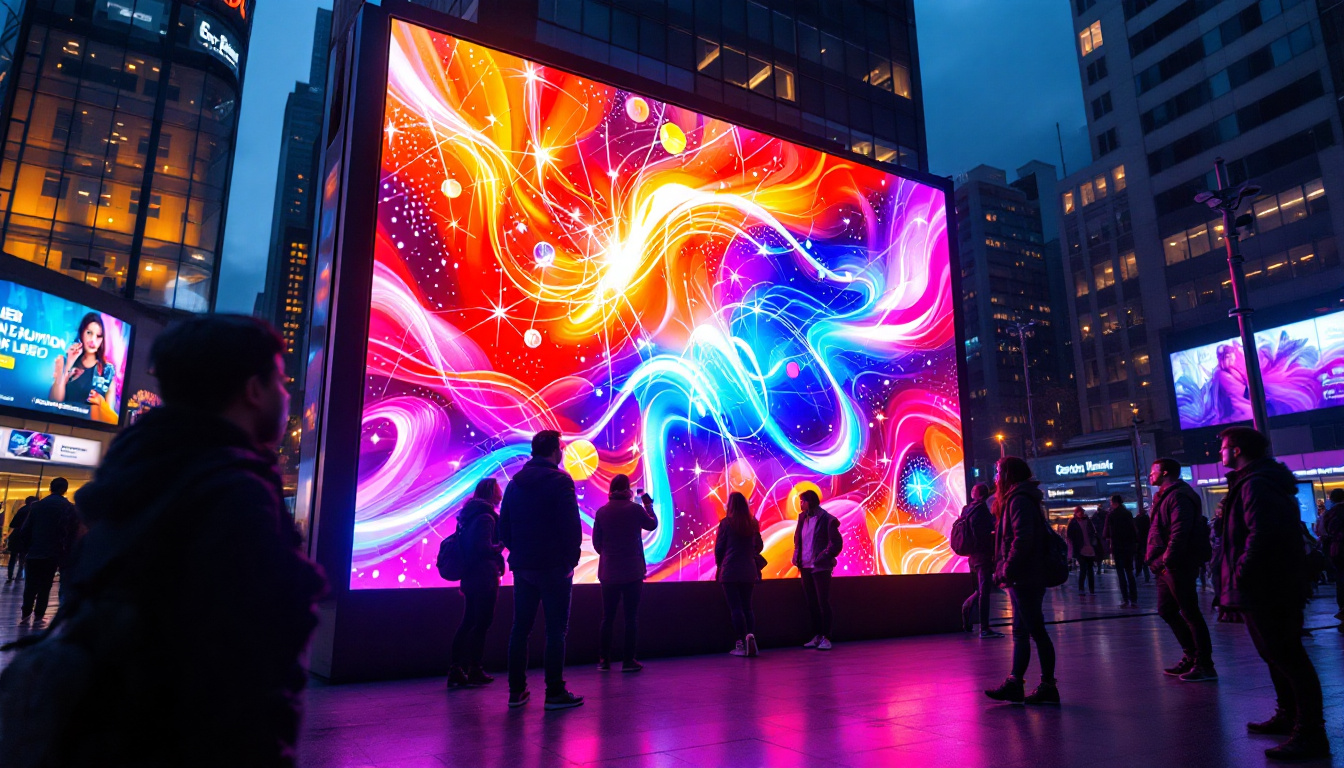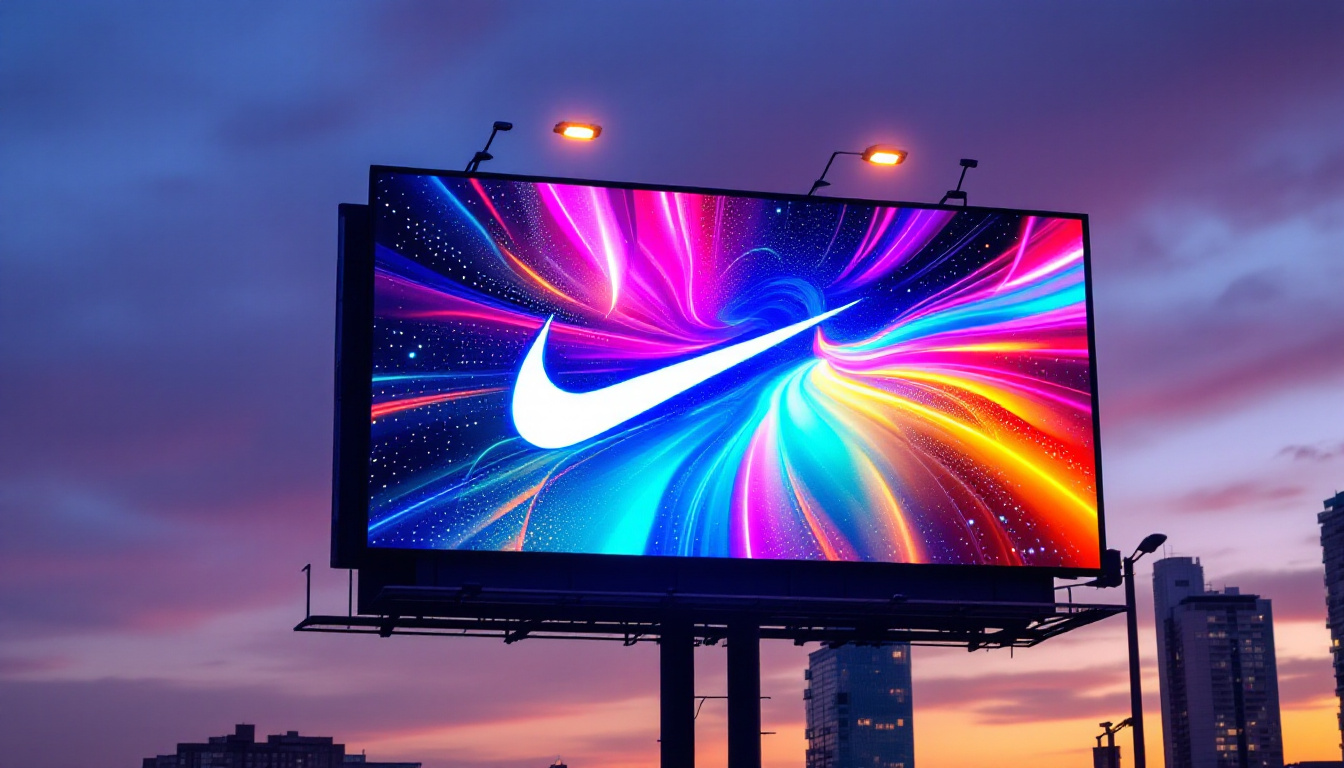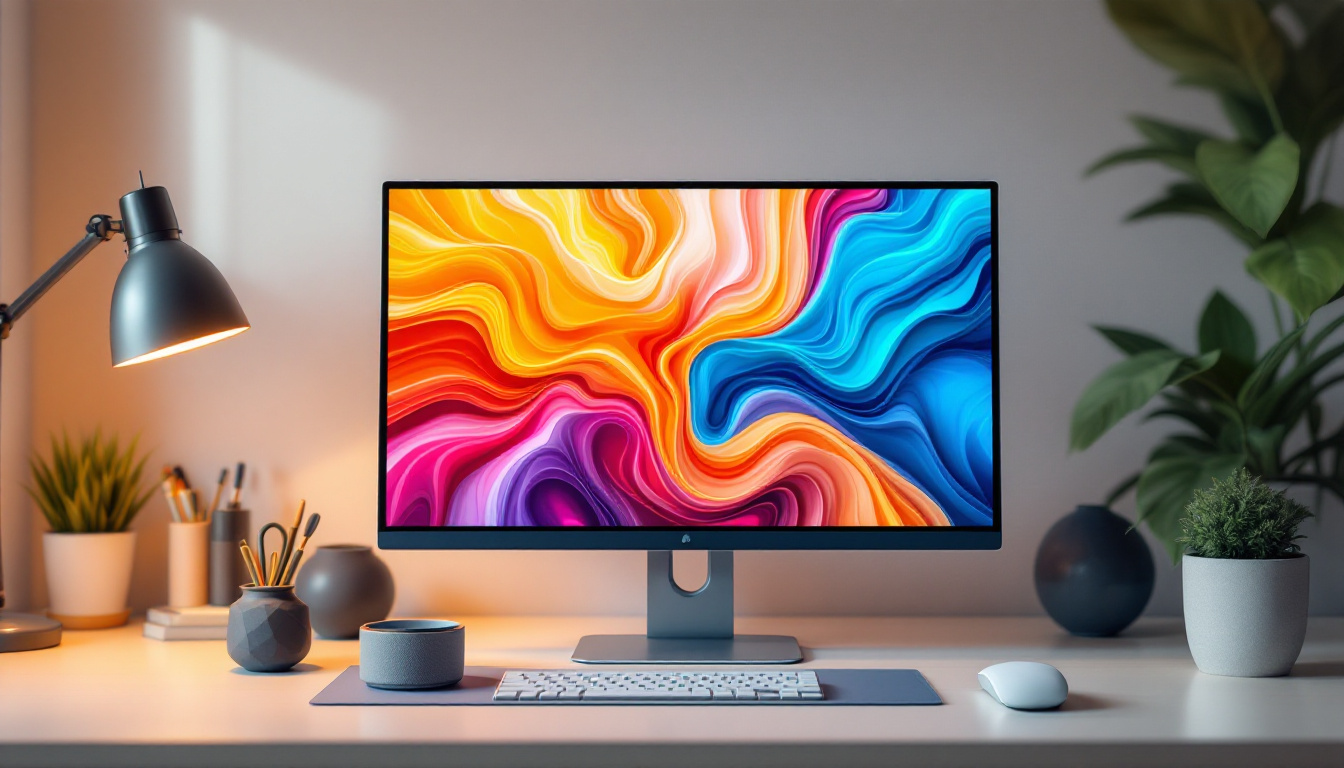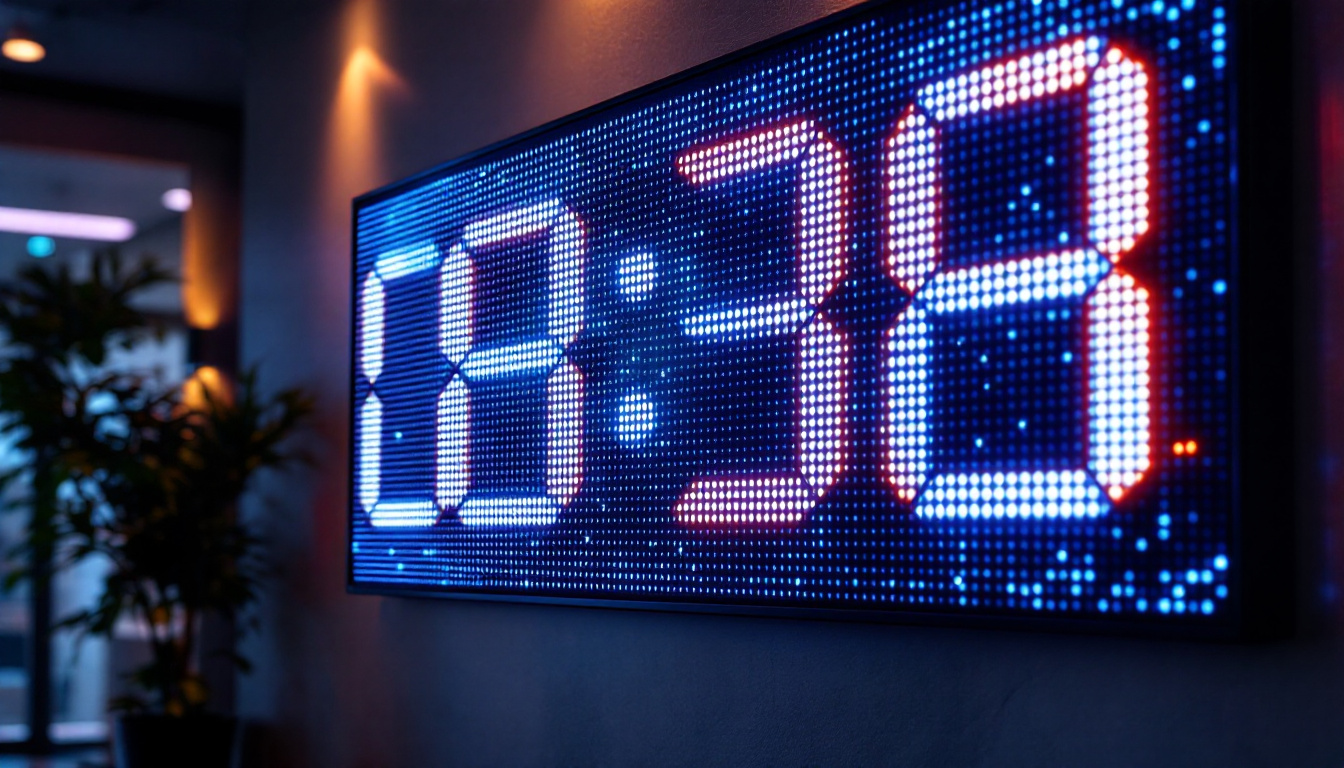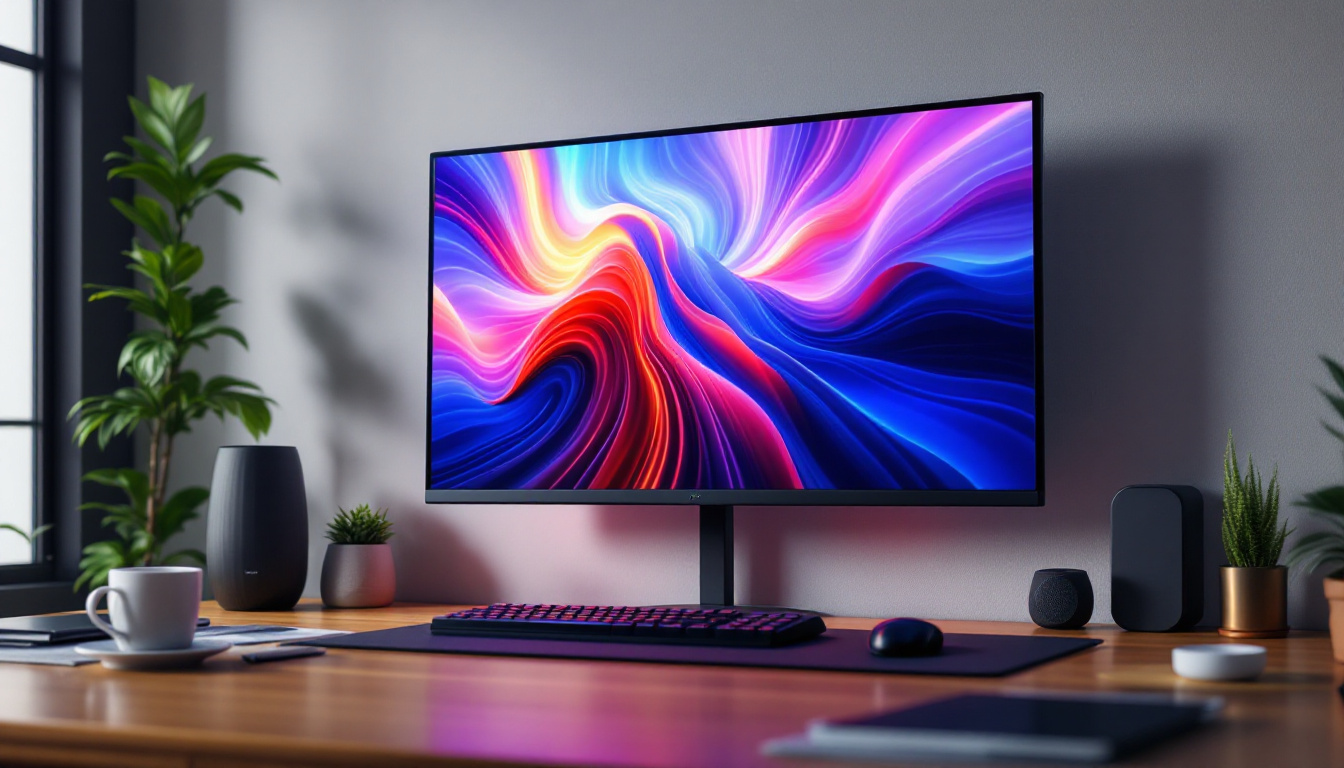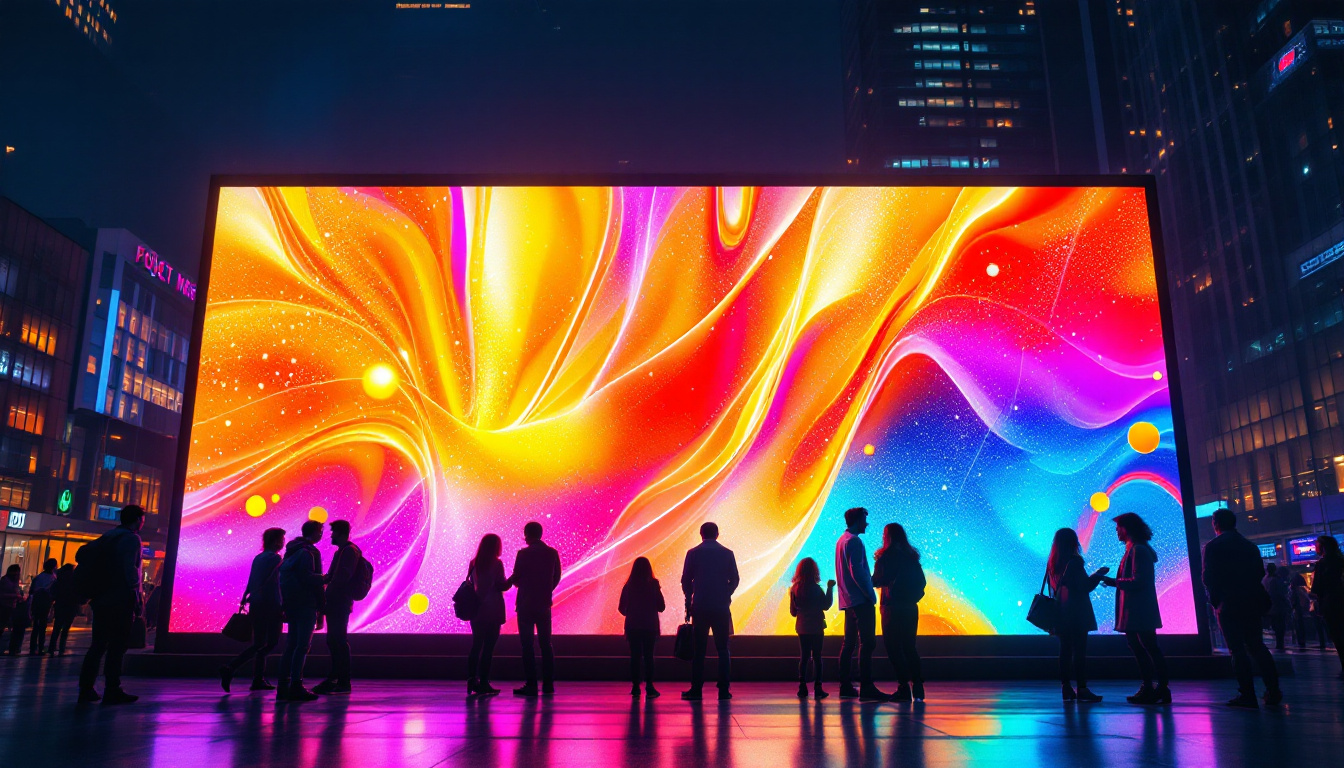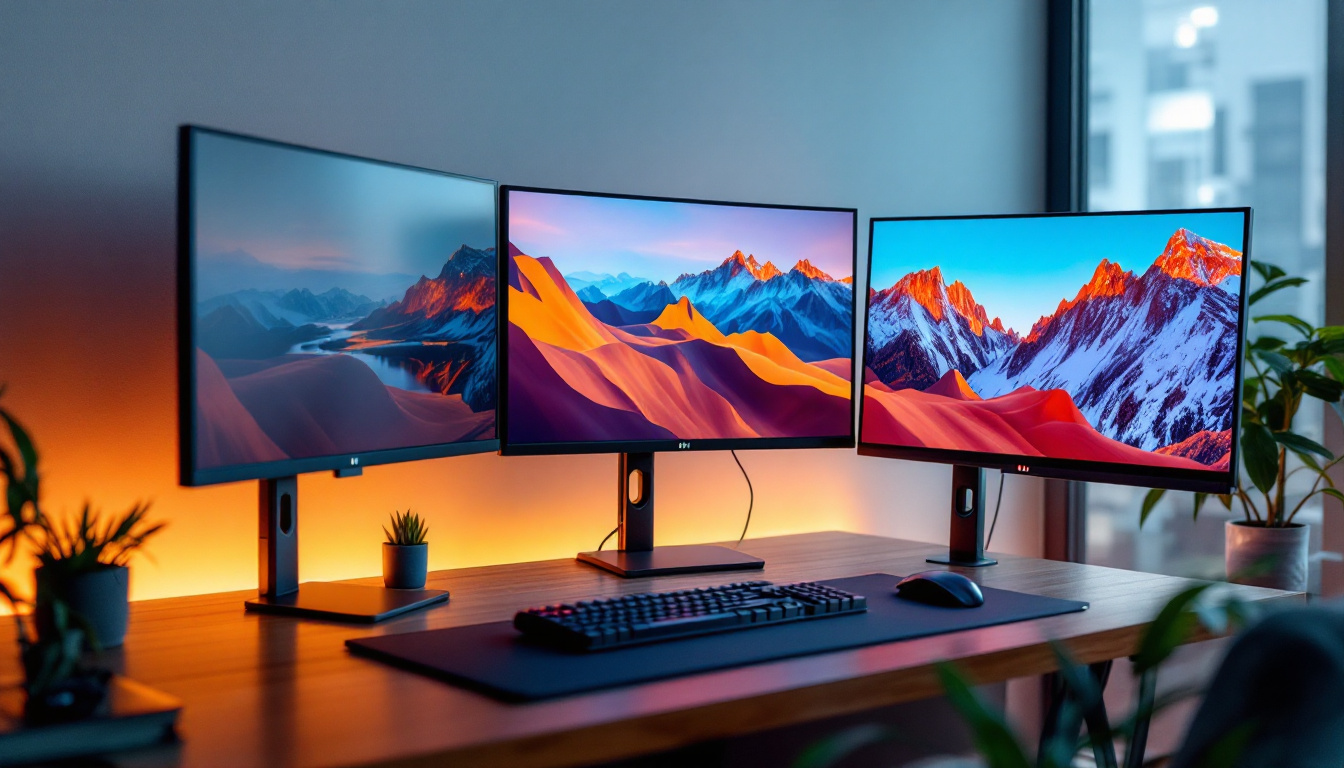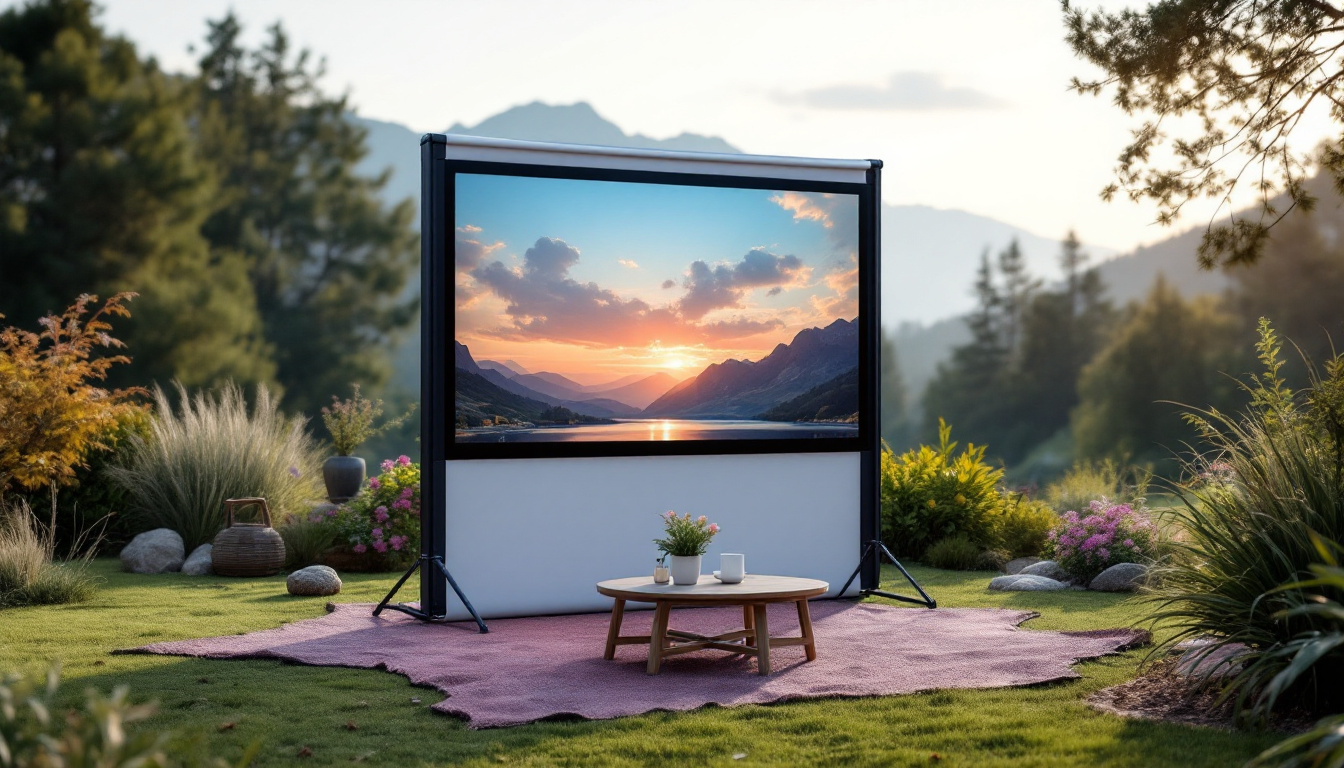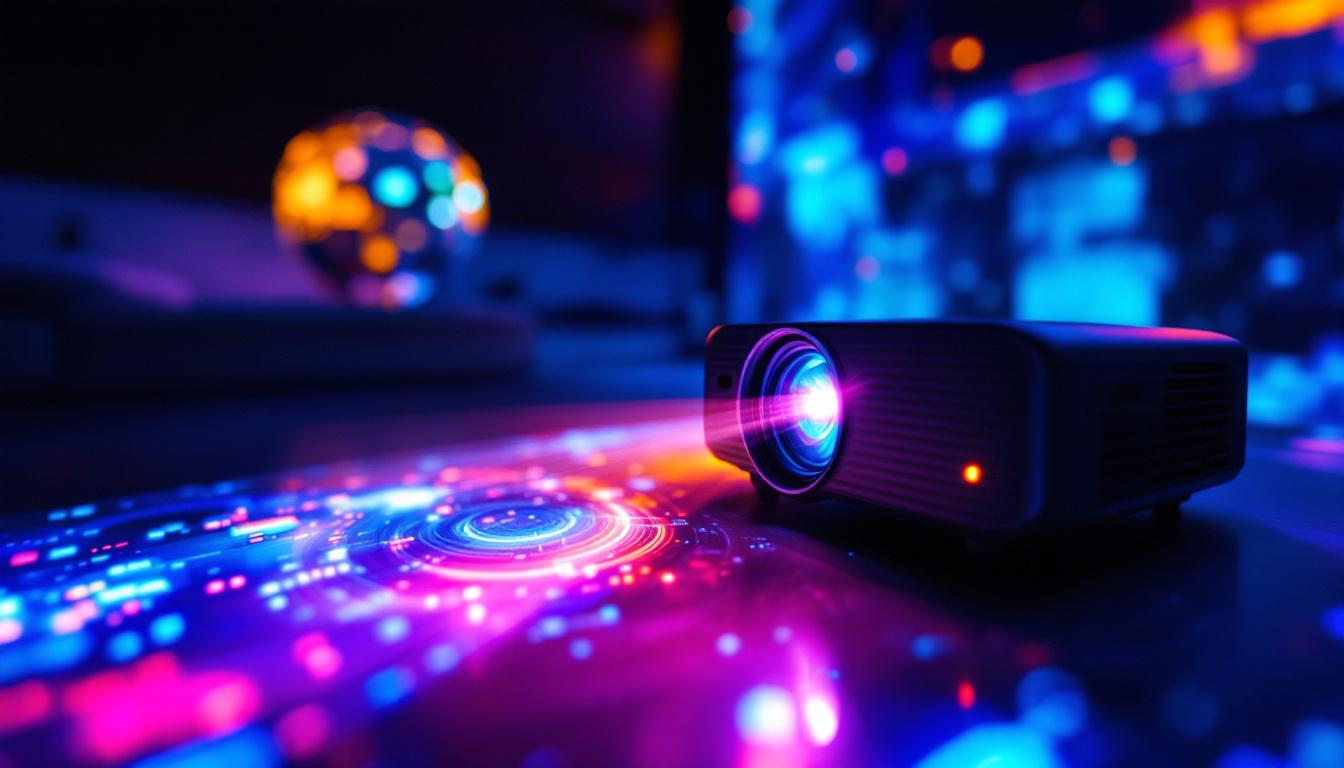In today’s technology-driven world, mini TV monitors have become increasingly popular for their compact size and versatile applications. Whether used as secondary screens, portable entertainment devices, or professional monitoring tools, these devices rely heavily on LED display technology to deliver crisp, vibrant images in a small form factor. This article explores the intricacies of LED displays in mini TV monitors, shedding light on how they work, their advantages, and what consumers should consider when choosing one.
Understanding LED Display Technology
LED, which stands for Light Emitting Diode, is a type of display technology that uses tiny light-emitting diodes to produce images. Unlike traditional LCDs that rely on fluorescent backlighting, LED displays use LEDs either as a backlight or as individual pixels, resulting in improved brightness, contrast, and energy efficiency.
Mini TV monitors typically employ LED-backlit LCD panels, combining the benefits of both technologies. The LED backlighting enhances color accuracy and brightness, while the LCD layer controls the image formation. In some advanced models, full LED or OLED (Organic LED) displays are used, offering even better picture quality and viewing angles. These advancements have made LED technology the preferred choice for a wide range of applications, from home entertainment systems to professional broadcasting equipment.
How LED Displays Work in Mini TV Monitors
In a mini TV monitor, the LED backlight shines through the liquid crystal layer, which modulates the light to create images. The LEDs are arranged in arrays behind the screen, and their intensity can be adjusted to produce different levels of brightness. This setup allows for thinner screens and more energy-efficient operation compared to older CCFL (Cold Cathode Fluorescent Lamp) backlighting.
Moreover, LED displays are capable of producing a wider color gamut, meaning they can display more vibrant and lifelike colors. This is particularly important for mini TV monitors used in media consumption or professional video monitoring, where color accuracy is critical. The ability to render deep blacks and bright whites enhances the overall viewing experience, making LED displays ideal for watching movies, playing video games, or even editing photos and videos.
Additionally, many modern mini TV monitors incorporate advanced technologies such as HDR (High Dynamic Range), which further elevates the visual experience by allowing for greater contrast and a more extensive range of colors. HDR content can appear more realistic, with highlights that pop and shadows that retain detail. This capability is especially beneficial in environments with varied lighting conditions, ensuring that viewers can enjoy consistent picture quality regardless of their surroundings. As LED technology continues to evolve, we can expect even more innovations that will push the boundaries of display performance and user experience.
Advantages of LED Displays in Mini TV Monitors
The integration of LED technology in mini TV monitors brings several key benefits that make these devices attractive for both casual users and professionals.
Compact and Lightweight Design
LED backlighting allows manufacturers to design thinner and lighter mini TV monitors. This compactness is essential for portability, making these monitors ideal companions for travel, outdoor use, or as secondary screens for laptops and cameras. Their lightweight nature not only enhances mobility but also makes them easier to mount or position in various settings, from cramped hotel rooms to outdoor picnics. Many users appreciate the convenience of being able to slip a mini TV monitor into a backpack or carry-on without adding significant weight, making them perfect for on-the-go entertainment or presentations.
Energy Efficiency
Compared to traditional backlighting methods, LED displays consume less power. This efficiency extends battery life in portable mini TV monitors and reduces electricity consumption in stationary units, aligning with growing environmental concerns and user preferences for sustainable technology. Moreover, the reduced energy consumption translates to lower operating costs over time, making LED mini monitors not only eco-friendly but also budget-friendly. As more consumers become environmentally conscious, the appeal of energy-efficient devices continues to rise, encouraging manufacturers to prioritize LED technology in their designs.
Superior Brightness and Contrast
LED displays can achieve higher brightness levels, which is crucial for visibility in various lighting conditions. Whether used outdoors or in brightly lit rooms, mini TV monitors with LED displays maintain clear and vivid images. Additionally, the improved contrast ratio enhances the depth and detail of displayed content. This capability is particularly beneficial for watching movies or playing video games, where vibrant colors and sharp contrasts can significantly enhance the viewing experience. Users often find that LED monitors provide a more immersive experience, making them a preferred choice for entertainment and creative work alike.
Longer Lifespan and Durability
LEDs have a longer operational lifespan compared to fluorescent backlights, often lasting tens of thousands of hours without significant degradation. This durability ensures that mini TV monitors remain reliable over extended periods, reducing the need for repairs or replacements. Furthermore, the robust construction of LED displays often makes them more resistant to shock and vibration, which is particularly advantageous for mobile users or those who frequently transport their devices. This resilience not only enhances user confidence in the product but also contributes to a lower total cost of ownership, as consumers can enjoy their devices for years without worrying about premature failure.
Applications of Mini TV Monitors with LED Displays
Mini TV monitors equipped with LED displays serve a variety of purposes across different industries and consumer markets.
Portable Entertainment Devices
One of the most common uses for mini TV monitors is portable entertainment. Their small size and high-quality LED displays make them perfect for watching movies, streaming shows, or gaming on the go. Many models support HD or even 4K resolution, providing an immersive viewing experience despite their compact dimensions.
Professional Video and Photography Monitoring
In the professional realm, mini TV monitors are essential tools for videographers and photographers. LED displays offer accurate color reproduction and sharp image quality, enabling precise monitoring of footage during shoots. This capability helps ensure that lighting, framing, and focus meet the desired standards before post-production.
Security and Surveillance
Mini TV monitors are frequently used in security systems for real-time monitoring of camera feeds. The LED display’s brightness and clarity allow security personnel to detect details even in challenging lighting conditions, enhancing overall safety and response times.
Gaming and Streaming Setups
With the rise of streaming and gaming culture, mini TV monitors have found a niche as secondary displays. Gamers use them to keep track of chat windows, system stats, or additional game information without cluttering their primary screen. The fast response times and vivid colors of LED displays contribute to an improved gaming experience.
Key Features to Consider When Choosing a Mini TV Monitor
Selecting the right mini TV monitor with an LED display involves evaluating several important features to ensure the device meets your specific needs.
Screen Size and Resolution
Mini TV monitors typically range from 5 to 15 inches diagonally. While smaller screens offer greater portability, larger ones provide a more comfortable viewing experience. Resolution is equally vital; Full HD (1920×1080 pixels) is standard in many models, but 4K options are becoming more accessible, delivering sharper images and finer detail.
Brightness and Contrast Ratio
Look for monitors with high brightness levels (measured in nits) to ensure visibility in various environments. A higher contrast ratio enhances picture depth by making blacks deeper and whites brighter, which is especially important for video editing or watching high-contrast content.
Connectivity Options
Modern mini TV monitors offer multiple input options such as HDMI, USB-C, and AV ports. Some also support wireless connections like Wi-Fi or Bluetooth. Choosing a monitor with versatile connectivity ensures compatibility with a range of devices, from cameras and laptops to gaming consoles.
Refresh Rate and Response Time
For gaming or video playback, a higher refresh rate (60Hz or above) and low response time reduce motion blur and screen tearing. These features contribute to smoother visuals and a more enjoyable user experience.
Battery Life and Portability
If portability is a priority, consider the monitor’s battery capacity and overall weight. Some mini TV monitors come with built-in rechargeable batteries, allowing for use without constant power supply. Additionally, look for durable construction materials to withstand frequent transport.
Future Trends in Mini TV Monitor LED Displays
The mini TV monitor market continues to evolve rapidly, driven by advancements in LED technology and consumer demand for better performance and convenience.
Adoption of OLED and MicroLED Technologies
While traditional LED-backlit LCDs dominate the current market, OLED and MicroLED displays are gaining traction. OLEDs offer perfect black levels and exceptional color accuracy by using organic compounds that emit light individually. MicroLED technology promises even greater brightness and longevity without the burn-in issues associated with OLEDs. These innovations are expected to enhance mini TV monitors’ image quality significantly.
Integration with Smart Features
Smart mini TV monitors equipped with operating systems and apps are becoming more common. These devices can stream content directly from the internet, connect to smart home ecosystems, and offer voice control, adding convenience and functionality beyond simple display capabilities.
Improved Energy Efficiency and Sustainability
Manufacturers are increasingly focusing on reducing energy consumption and using eco-friendly materials. Advances in LED technology contribute to lower power usage, while sustainable production practices align with global efforts to minimize environmental impact.
Conclusion
Mini TV monitors with LED displays represent a compelling blend of portability, image quality, and energy efficiency. Their versatility makes them suitable for a wide range of applications, from casual entertainment to professional video monitoring. Understanding the underlying LED technology and key features helps consumers make informed decisions when selecting a mini TV monitor that fits their needs.
As LED technology continues to advance, future mini TV monitors will likely offer even better performance, smarter features, and greater sustainability, solidifying their role in the evolving landscape of display devices.
Discover LumenMatrix’s Advanced LED Display Solutions
Ready to elevate your visual experience with the latest in LED technology? Look no further than LumenMatrix, a pioneer in crafting LED display modules that transform any space into a dynamic visual showcase. From the comfort of your home to the excitement of outdoor events, our range of products, including Indoor and Outdoor LED Wall Displays, Vehicle LED Displays, and more, cater to all your needs. Embrace the future of display technology and check out LumenMatrix LED Display Solutions today to see how we can help you communicate your message with unparalleled clarity and impact.



